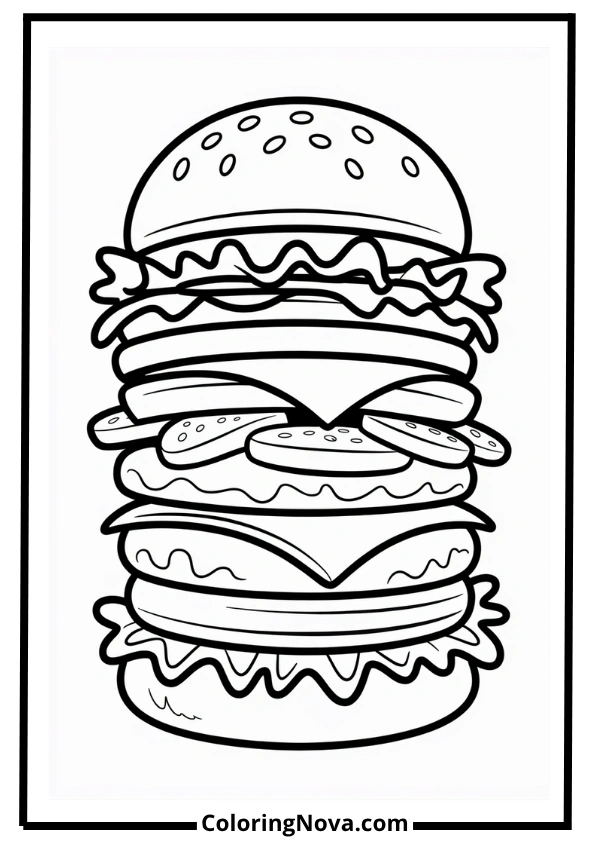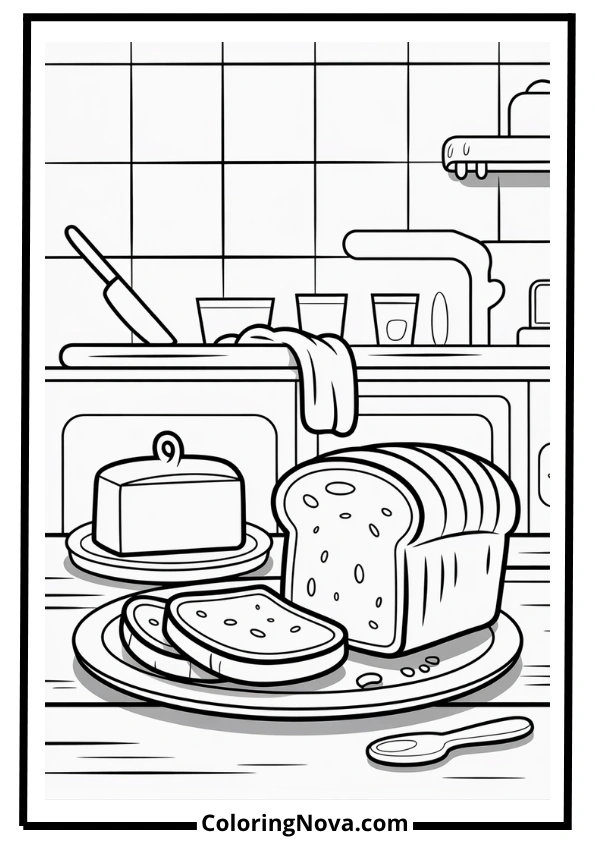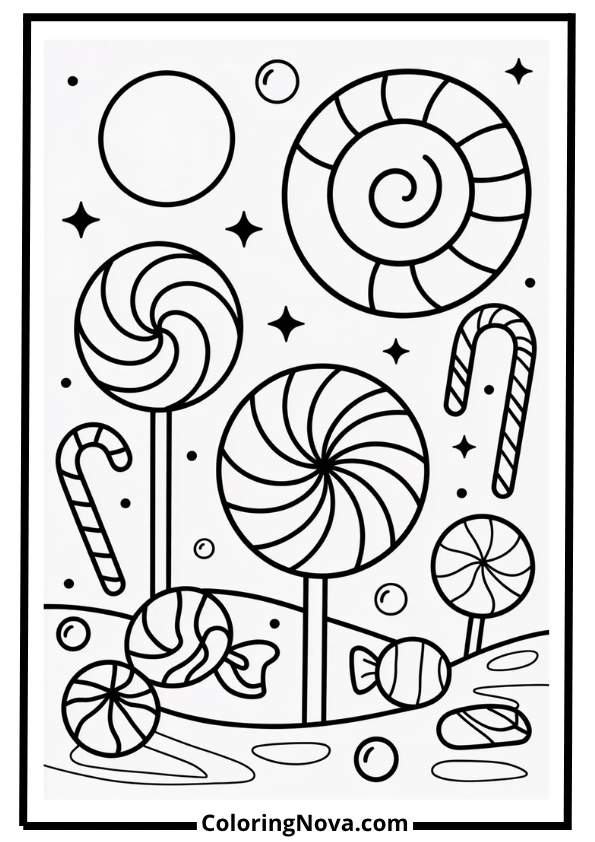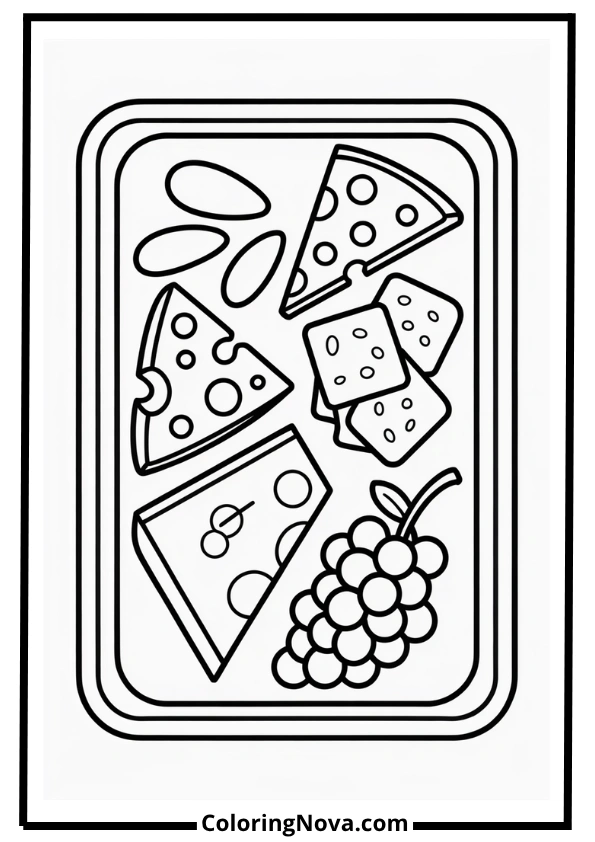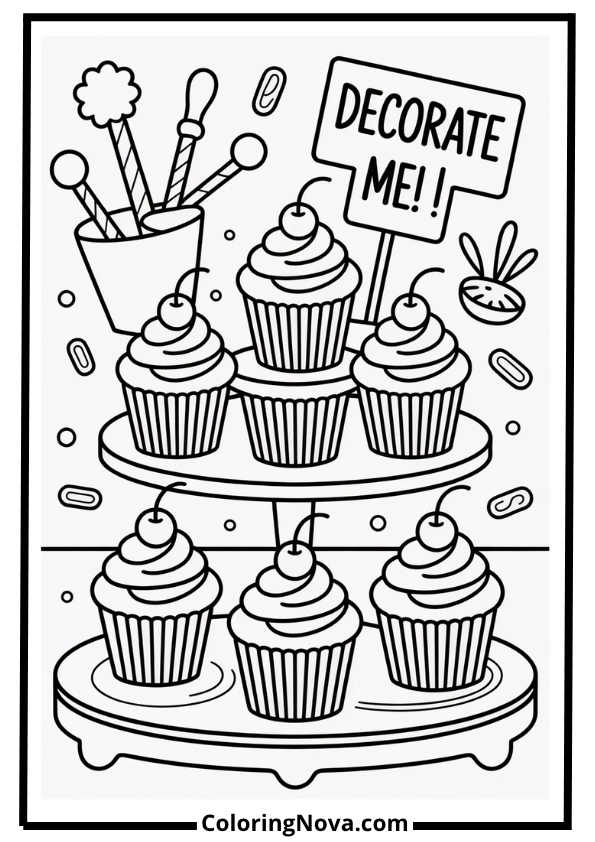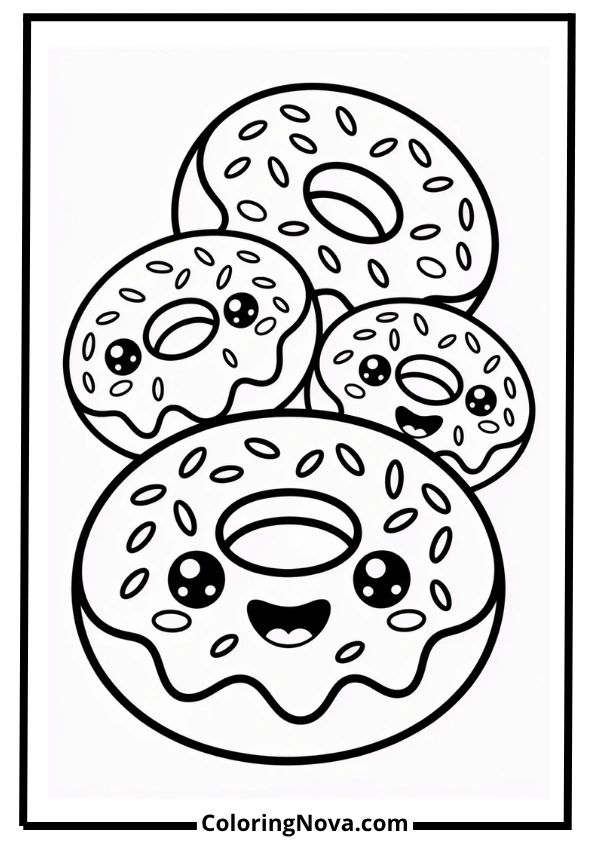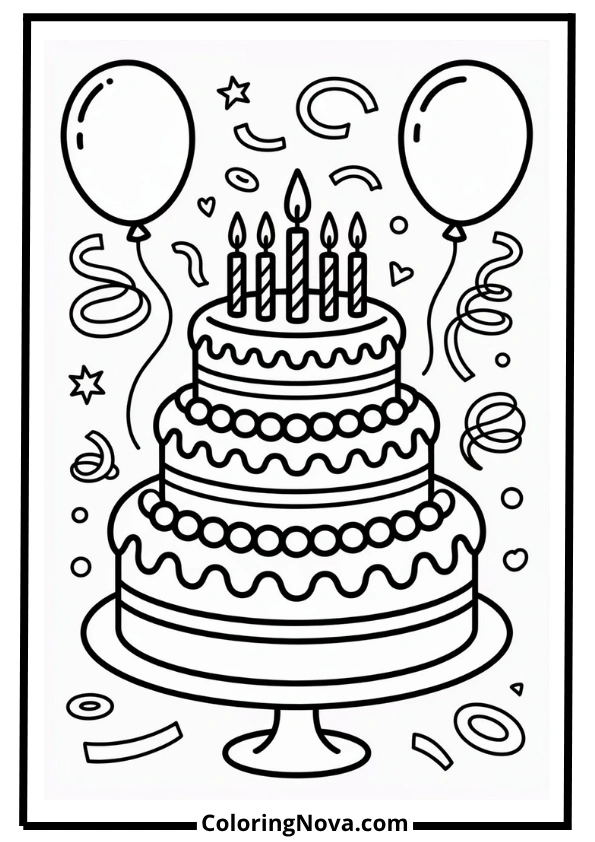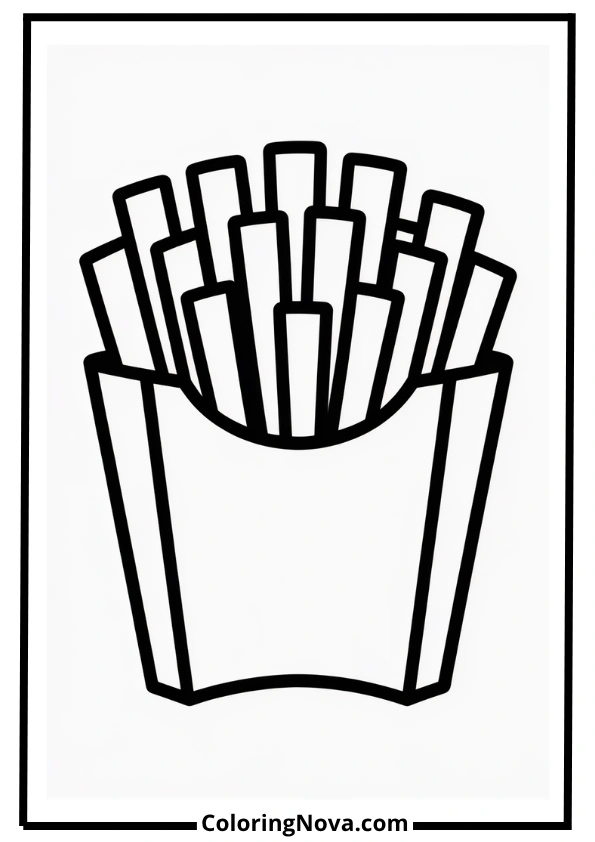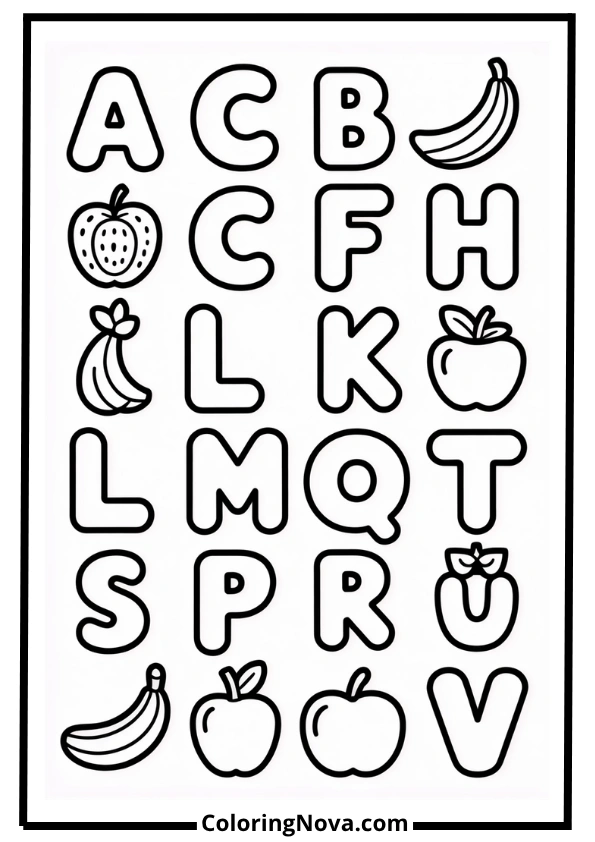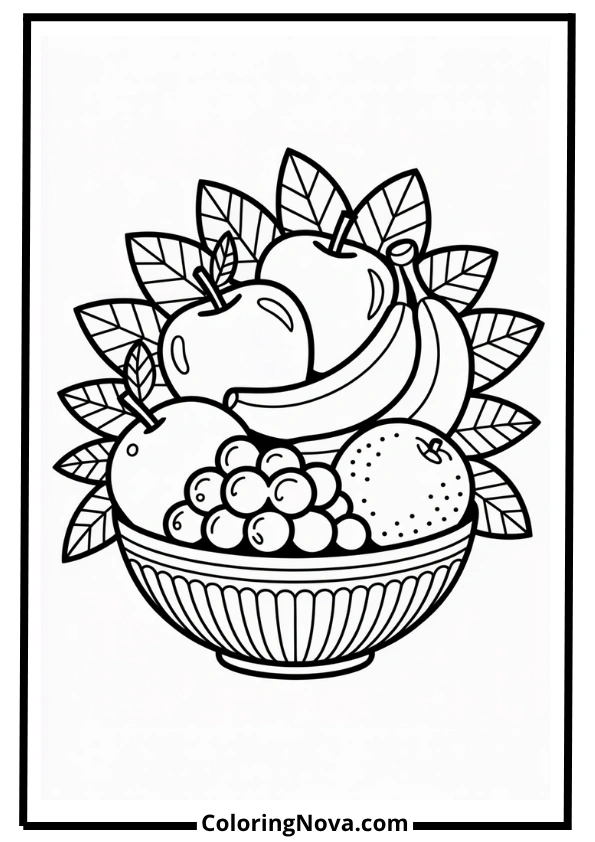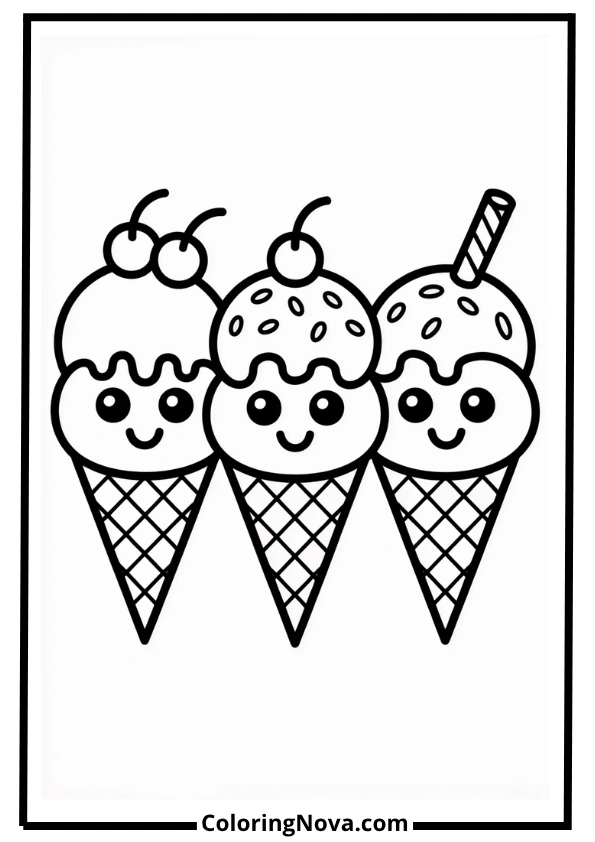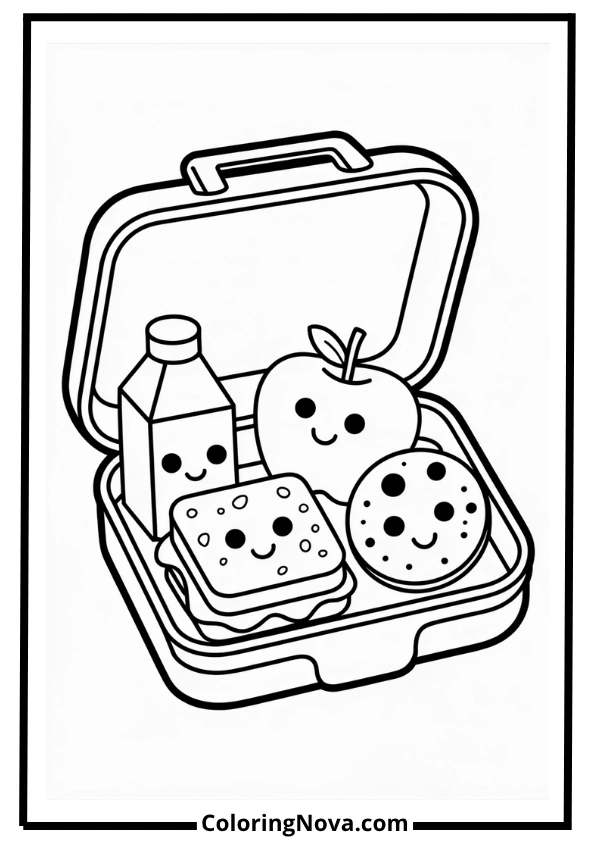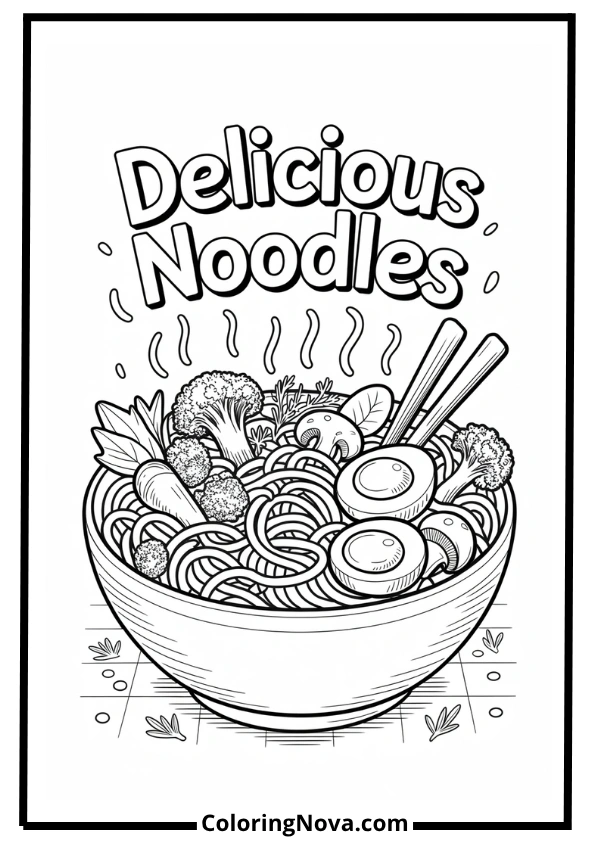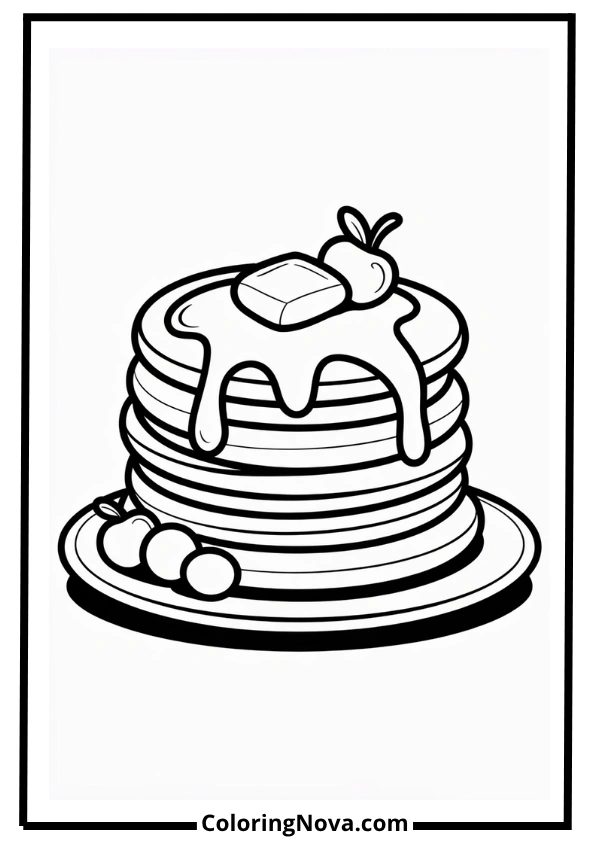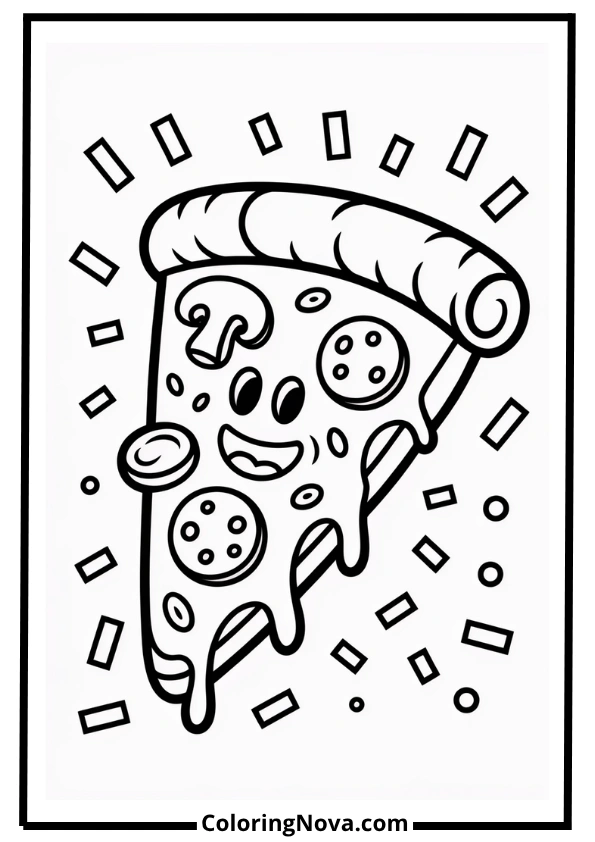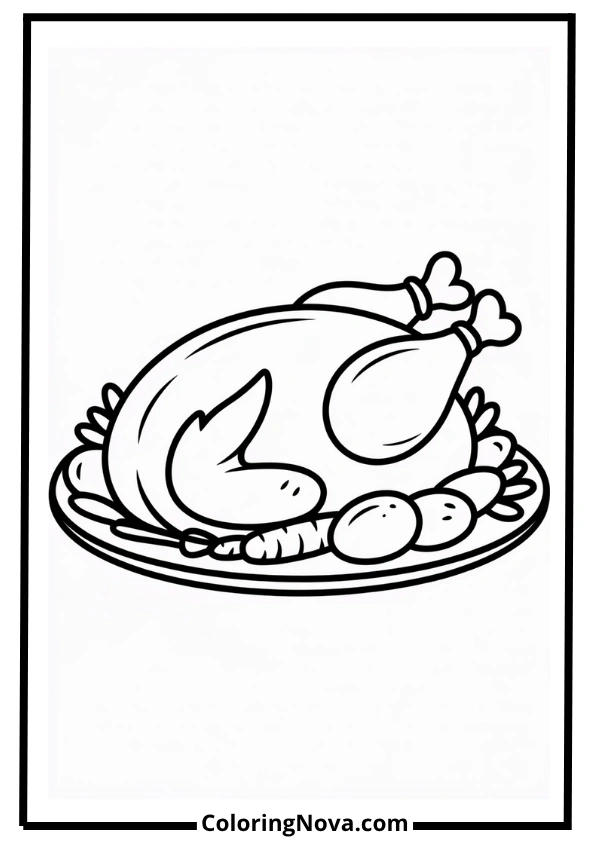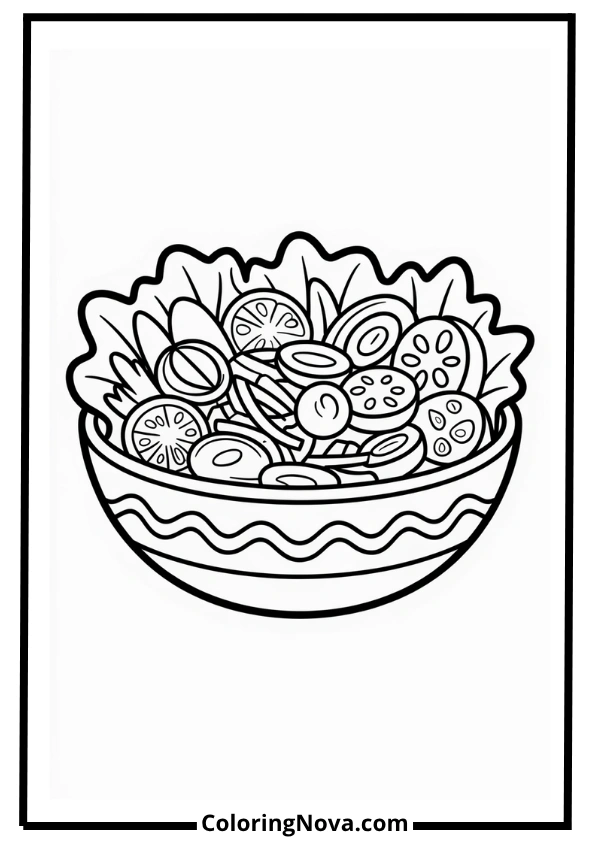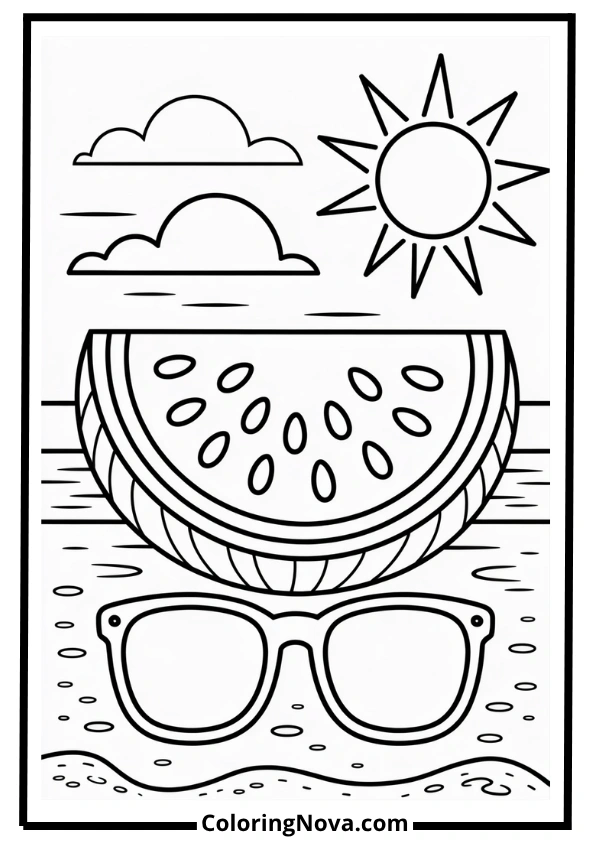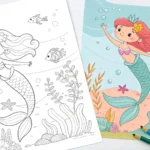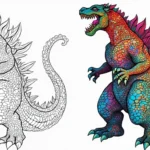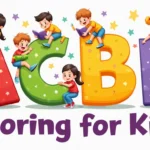We offer a wide collection of free, high-quality printable coloring pages for kids and adults. From cute animals to intricate mandalas, our designs bring creativity and relaxation to everyone. Download, print, and start coloring today!
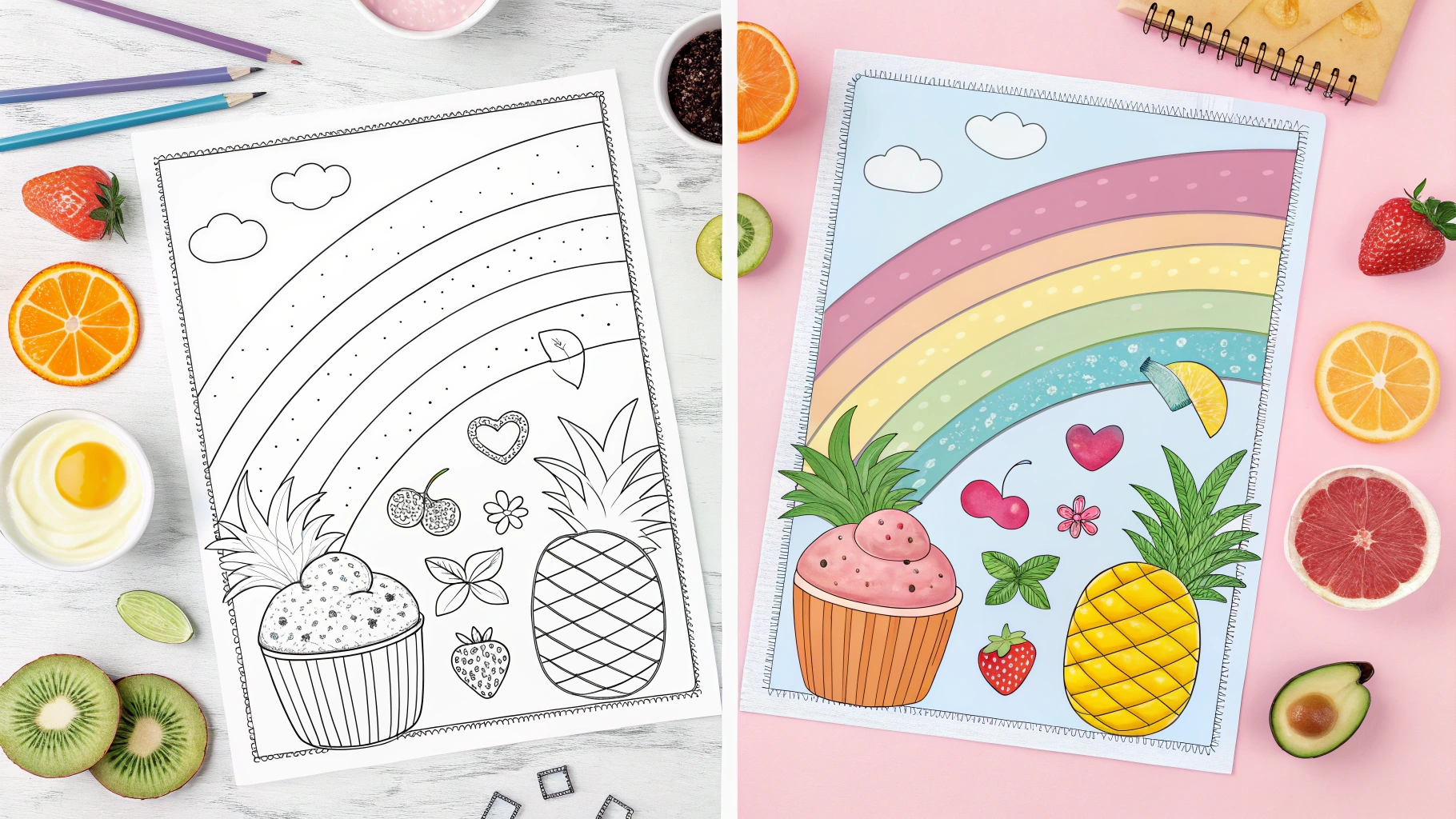
Food Coloring Pages – Delicious Fun with Every Stroke
There’s something magical about combining two of life’s greatest pleasures: food and creativity. Food coloring pages have become one of the most beloved activities for children and adults alike, transforming ordinary coloring time into a delicious adventure that celebrates everything from crispy bacon strips to elaborate birthday cakes.
I’ve spent years watching kids light up when they discover food coloring pages featuring their favorite pizza slice or a smiling strawberry. There’s an instant connection that happens – it’s like they’re coloring their own little world of comfort and joy. Whether you’re a parent looking for engaging activities, a teacher planning lessons, or simply someone who finds peace in creative expression, food coloring pages offer something truly special.
To use any of these free printables, simply click on any of the images to open the high-resolution PDF in a new tab. From there, you can download or print as much as you like—totally free!
Each coloring page is designed for standard US letter size but also prints beautifully on A4 paper. Enjoy!
Table of Contents
Why Food Coloring Pages Are So Enjoyable
Food coloring pages tap into something deeply familiar and comforting in all of us. Think about it – we interact with food multiple times every day, and these pages let us reimagine those everyday items as colorful works of art.
The appeal spans generations because food is universal. A three-year-old gets excited about coloring a smiling banana the same way a teenager might enjoy working on an intricate sushi platter design. Adults often find themselves drawn to detailed food coloring pages featuring gourmet meals or nostalgic comfort foods from their childhood.
What makes these pages particularly engaging is how they combine art with everyday familiarity. You don’t need to imagine what a dragon looks like, but you know exactly how a chocolate chip cookie should appear. This familiarity gives colorists confidence to experiment with colors and techniques.
Food-themed coloring also encourages imaginative and sensory expression in ways other subjects might not. When you’re coloring a slice of watermelon, you can almost taste the sweetness. Working on a steaming bowl of soup might make you think about warmth and comfort. This multi-sensory experience makes the activity more immersive and memorable.
What You’ll Find in Food Coloring Pages
The variety available in free food coloring pages is absolutely incredible. You’ll discover everything from simple, child-friendly designs to complex illustrations that challenge even experienced colorists.
Fruits and vegetables with happy faces are among the most popular designs, especially for younger children. These cheerful characters turn healthy eating into a fun adventure. Picture a grinning apple with rosy cheeks or a proud carrot showing off its leafy top – these designs make nutritious foods feel friendly and approachable.
Desserts dominate many collections, and for good reason. Who can resist coloring elaborate birthday cakes with multiple tiers, decorated cupcakes with swirled frosting, or ice cream cones piled high with scoops? These sweet treats often feature the most intricate details, from cherry garnishes to sprinkles scattered across cookies.
Fast food favorites appear frequently in printable food coloring pages, reflecting what many kids (and adults) genuinely enjoy eating. Burgers with all the fixings, crispy french fries, pepperoni pizza slices, and fizzy sodas offer familiar subjects that everyone can relate to. These designs often emphasize fun over nutrition, which is perfectly fine for creative expression.
Cultural and ethnic dishes add educational value to coloring collections. You might find beautifully detailed sushi rolls, colorful taco spreads, steaming bowls of ramen, or traditional holiday foods like Thanksgiving turkeys and Halloween pumpkins. These pages introduce children to foods from different cultures while celebrating diversity through art.
Educational and Emotional Benefits of Food-Themed Coloring
Beyond pure entertainment, food coloring pages serve as powerful educational tools. They naturally introduce concepts about food groups, helping children learn the difference between fruits and vegetables, proteins and grains, healthy choices and occasional treats.
Teachers often use food coloring pages to discuss nutrition in engaging ways. Instead of lecturing about the food pyramid, they can have students color different food groups and talk about which foods help them grow strong or give them energy. This visual, hands-on approach makes abstract nutrition concepts concrete and memorable.
The fine motor skills development that comes from coloring is particularly important for young children. Staying within the lines of a detailed strawberry or carefully shading the layers of a sandwich helps develop the precise hand movements needed for writing and other academic tasks.
Creativity flourishes when children decide whether their apple should be red, green, or maybe even purple with polka dots. There’s no wrong way to color food, which gives kids permission to experiment freely. This creative freedom builds confidence and encourages artistic risk-taking.
The stress-reduction benefits can’t be overlooked either. Food themes offer comfort and familiarity that make the coloring experience more relaxing. Adults often find that coloring their favorite comfort foods helps them unwind after difficult days, connecting them to positive memories and feelings of security.
Age-Based Suggestions for Food Coloring Pages
Toddlers and preschoolers do best with simple fruit and snack designs featuring thick, bold outlines. Think large apples, basic bananas, or simple cookies with minimal detail. These young artists are still developing fine motor control, so they need pages that won’t frustrate them with tiny spaces or complex patterns.
School-aged children can handle more complexity and often prefer cartoon-style meals with personality. Happy hamburgers with faces, dancing french fries, or elaborate ice cream sundaes with multiple toppings keep them engaged while challenging their developing skills. This age group also enjoys coloring pages that tell stories or show complete meals.
Teens and adults gravitate toward realistic, detailed designs that offer more sophisticated coloring challenges. Gourmet food spreads, elegant table settings, or intricate cultural dishes provide the complexity that experienced colorists crave. These designs often include subtle shading opportunities and fine details that require patience and skill.
All ages can enjoy cute kawaii-style treats and character foods. These Japanese-inspired designs feature adorable food items with simple faces and charming personalities. They’re simple enough for children but cute enough that adults find them irresistible too.
Popular Food Coloring Themes
Cute Kawaii Food Faces
The kawaii food trend has exploded in popularity, turning ordinary snacks into adorable characters. These designs feature simple faces on everything from donuts to sushi rolls, making even vegetables appealing to reluctant young eaters. The style emphasizes large eyes, small mouths, and rosy cheeks that give each food item a distinct personality.
Breakfast Plates – Pancakes, Eggs, and Toast
Morning meal coloring pages capture the comfort and warmth of breakfast time. Stack upon stack of fluffy pancakes dripping with syrup, perfectly fried eggs with runny yolks, and golden toast with butter melting on top create scenes that feel like Saturday morning comfort. These pages often include complete breakfast spreads with orange juice, coffee cups, and fresh fruit.
Holiday Foods – Candy Canes, Pumpkins, and Turkeys
Seasonal food coloring pages help celebrate holidays throughout the year. Christmas brings candy canes, gingerbread houses, and decorated cookies. Halloween features carved pumpkins, caramel apples, and spooky treats. Thanksgiving showcases roasted turkeys, cornucopias overflowing with harvest vegetables, and traditional side dishes that families share.
Sweet Treats – Donuts, Ice Cream, and Cakes
Dessert-themed pages remain among the most popular choices. Elaborate wedding cakes with multiple tiers and intricate decorations challenge advanced colorists, while simple cupcakes with swirled frosting satisfy beginners. Ice cream pages might feature towering sundaes, colorful popsicles, or classic cones with sprinkles scattered around.
Fast Food Favorites – Pizza, Burgers, and Fries
These familiar favorites reflect what many people actually eat and enjoy. Pizza pages often show individual slices with detailed toppings or whole pies fresh from the oven. Burger designs might include all the fixings stacked high, while french fry pages show crispy golden sticks in containers or scattered across plates.
Cultural Dishes – Sushi, Tacos, Noodles, and More
International cuisine coloring pages introduce children to foods from around the world. Detailed sushi rolls with visible ingredients, colorful taco spreads with all the toppings, steaming bowls of noodle soup, and traditional dishes from various cultures help expand culinary awareness while providing interesting coloring challenges.
Frequently Asked Questions (FAQs)
Are these pages just for kids?
Not at all! While children certainly love food coloring pages, adults have discovered their therapeutic benefits too. Complex designs featuring gourmet meals, detailed cultural dishes, or intricate dessert illustrations provide challenging projects that help adults relax and express creativity. Many stress-relief coloring books now include sophisticated food themes specifically designed for grown-up colorists.
Can these be used for food education?
Absolutely! Teachers and parents regularly use food coloring pages as educational tools. They’re perfect for teaching food groups, discussing nutrition, introducing cultural diversity, and even practicing counting or sorting skills. You can combine coloring time with conversations about where foods come from, how they’re prepared, or why certain foods are healthier than others.
Do the pages include real or cartoon foods?
You’ll find both styles widely available. Realistic food illustrations offer detailed, accurate representations that could appear in cookbooks or food magazines. Cartoon-style pages feature foods with faces, personalities, and exaggerated features that appeal especially to younger children. Many collections include both styles to satisfy different preferences and skill levels.
Are there healthy food options available?
Yes! Many collections specifically emphasize fruits, vegetables, whole grains, and balanced meals. These pages help promote healthy eating habits by making nutritious foods look appealing and fun to color. You’ll find everything from colorful vegetable gardens to fruit salad combinations that celebrate healthy choices.
What coloring materials are best for food textures?
The choice depends on the effect you want to achieve. Colored pencils work beautifully for creating subtle gradients and realistic textures – perfect for showing the smooth skin of an apple or the rough texture of a pineapple. Crayons are ideal for younger children and create bold, vibrant colors that make foods look appetizing. Markers provide intense, saturated colors that make treats look especially delicious and eye-catching.
Can kids create their own meals on these pages?
Many food coloring pages are designed specifically to encourage this kind of creativity! Some pages show empty plates where children can draw and color their own meal combinations. Others feature individual food items that can be mentally combined into complete meals, helping kids think about balanced eating while exercising their imagination.
Creative Ideas for Food Coloring Fun
Use Real Recipes as Color Inspiration
One of my favorite ways to enhance the coloring experience is connecting it to actual cooking. If you’re planning to make chocolate chip cookies, pull out a cookie coloring page first. Let children color their cookies however they imagine them, then compare their artistic version to the real thing when they come out of the oven.
This approach works beautifully with seasonal cooking projects. Color pumpkin pages before carving jack-o’-lanterns, work on apple designs before visiting the orchard, or tackle ice cream sundae pages before heading to the local dairy for treats.
Turn Your Coloring Page into a Menu or Placemat
Once children finish their food coloring pages, don’t just stick them on the refrigerator. Transform them into functional items that extend the creative experience. Laminate completed pages to create personalized placemats for special meals or family dinner nights.
Use colored food pages to create pretend restaurant menus for dramatic play. Children can “order” from their artistic creations, practice social skills, and even work on math by adding up pretend prices for their colorful meals.
How Coloring Food Helps Build a Love for Eating Well
There’s fascinating research showing that children are more likely to try foods they’ve engaged with in non-threatening ways. Coloring vegetables makes them familiar and friendly before they ever appear on a dinner plate. A child who spent time carefully coloring broccoli trees might be more curious about tasting the real thing.
This connection between art and appetite works for adults too. Taking time to thoughtfully color healthy foods can help shift mindset around nutrition, making vegetables feel more appealing and worthy of attention.
The Joy of Coloring What You Crave
Sometimes the best food coloring pages are the ones that celebrate pure indulgence. There’s nothing wrong with spending an afternoon coloring elaborate desserts or favorite comfort foods. These pages validate our relationships with all kinds of foods and remind us that eating (and coloring) should include joy alongside nutrition.
When children color their favorite treats, they’re processing their relationships with those foods in healthy ways. They can enjoy the sweetness of imaginary candy or the satisfaction of a perfectly colored burger without any guilt or dietary concerns.
Conclusion
Food coloring pages offer so much more than simple entertainment. They connect us to our daily experiences with eating, provide opportunities for learning and creativity, and create peaceful moments in busy lives. Whether you’re downloading free food coloring pages for a rainy afternoon activity or searching for printable food coloring pages to use in educational settings, you’re choosing an activity that nourishes both artistic expression and positive relationships with food.
The beauty of food coloring pages lies in their universal appeal and endless variety. From simple fruit outlines perfect for toddlers to complex cultural dishes that challenge experienced artists, there’s truly something for everyone. These pages celebrate the role food plays in our daily lives, our cultures, and our memories. They bridge the gap between imagination and reality, allowing us to transform ordinary meals into extraordinary artistic adventures.
What makes food coloring pages particularly special is how they encourage mindful engagement with the foods we love. When you’re carefully shading the layers of a sandwich or adding vibrant colors to a fruit salad, you’re taking time to appreciate the visual beauty of everyday nourishment. This mindful approach to coloring can actually enhance your appreciation for real food when mealtime arrives.
The therapeutic benefits extend beyond the coloring session itself. Many people find that working on food coloring pages helps them process their relationships with different foods in positive ways. A child who’s hesitant about trying new vegetables might become curious after spending time coloring a rainbow of peppers or a garden full of colorful produce. Adults dealing with stress around food choices often discover that coloring their favorite comfort foods provides a guilt-free way to enjoy those treats.
As you explore the wonderful world of food coloring pages, remember that there’s no wrong way to color your favorite foods. Maybe your pizza will have purple pepperoni, or your ice cream will feature colors that don’t exist in nature – that’s perfectly wonderful! Let your imagination run wild, experiment with unexpected color combinations, and most importantly, have fun creating your own delicious works of art.
The social aspect shouldn’t be overlooked either. Food coloring pages make excellent group activities for families, classrooms, or community centers. Sharing completed pages often sparks conversations about favorite foods, family recipes, cultural traditions, and childhood memories. These discussions create connections that go far beyond the coloring activity itself.
For parents and educators, food coloring pages provide countless opportunities to weave learning into creative time. You can discuss where different foods come from, explore nutrition concepts, practice counting skills with items like pizza toppings or fruit pieces, or even plan real meals based on what children have colored. The educational possibilities are as endless as the creativity these pages inspire.
After all, the best part about coloring food is that it’s always calorie-free, endlessly satisfying, and available whenever you need a moment of creative peace. Whether you’re coloring alone as a form of meditation or sharing the experience with loved ones, food coloring pages offer a unique blend of comfort, creativity, and connection that’s hard to find in other activities.

